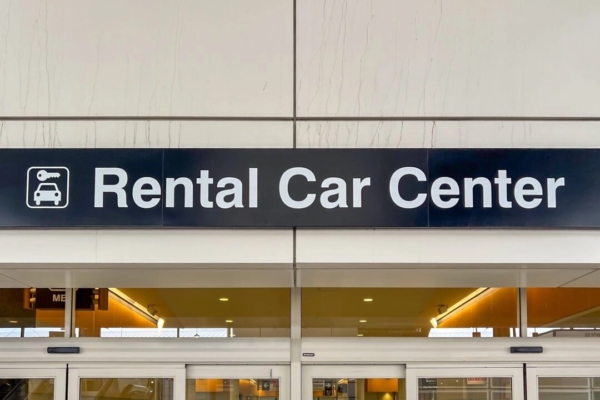Renting a car can seem like a great option, allowing you to have a good car that you might not afford to buy otherwise, as well as the opportunity to drive a new vehicle every few years. Whatever your reason may be, it is crucial to keep a clear head when signing a car lease contract amidst the increasing prices of new cars and decreasing leasing offers provided by manufacturers.
There are some pitfalls to be aware of when leasing a car. The lease amount, also known as the “capitalization cost” or “cap cost,” is negotiable. Convincing the dealer to lower this cost can result in reduced monthly payments and upfront payments when signing the contract.
Negotiating the mileage allowance is also important. Remember to bargain for dealer fees, trade-in costs, and any additional charges.
The residual value is the worth of the car at the end of the lease term. Your monthly payments are calculated based on this residual value. For instance, if your car is currently worth $50,000, and the dealership estimates it will be worth $25,000 after three years, your monthly payment is calculated based on the depreciation of $25,000 over the lease period.
Be aware of the value and depreciation of the car you intend to lease, inquire about the residual value, and consider not leasing a car if the value is lower than historical estimates.
Choosing a car that holds its value well can help avoid hefty payments.
Americans drive an average of 14,263 miles per year, but most lease contracts only allow for 10,000 to 15,000 miles per year. This limitation can lead to additional charges if you exceed the set mileage or offer no benefits if you drive less.
Calculating your estimated mileage based on your driving habits is crucial, as mileage is negotiable.
Ensure you compare the total cost of the lease contract to secure a good deal rather than solely considering monthly payments.
To assess if you are getting a good deal, subtract one monthly payment from the total number of payments (as the first one is usually included in upfront costs), then add the signing amount and any extra charges. This total reveals the actual cost of leasing.
For example, if your monthly lease is $359 for 36 months, adding up 35 payments (excluding the first one) gives a total of $12,565. Adding this to the signing amount results in the total cost of leasing, which you should compare with other offers.
Getting “Gap Insurance” is crucial to cover the difference between what you owe and the actual value of the car in case of a total loss accident.
When leasing a car, the vehicle belongs to the leasing company. Gap insurance ensures the difference is covered if an accident occurs, preventing you from having to pay the remaining amount if you lack such coverage.
Carefully read the lease contract’s fine print to understand what constitutes normal wear and tear, and clarify if you will be charged for lost equipment or minor scratches on the vehicle.
Understanding the maintenance and repair costs for which you are responsible is essential.
While car leasing can be a good option, thorough research is necessary. Do not only focus on monthly payments but consider the total cost of the lease.
Understanding your driving habits is crucial to avoid surpassing the annual mileage limit, which could result in additional expenses.
Comparing the total lease costs from different dealerships is recommended.
It is important to make informed decisions when entering a car lease agreement to avoid unexpected expenses and ensure a successful leasing experience.

